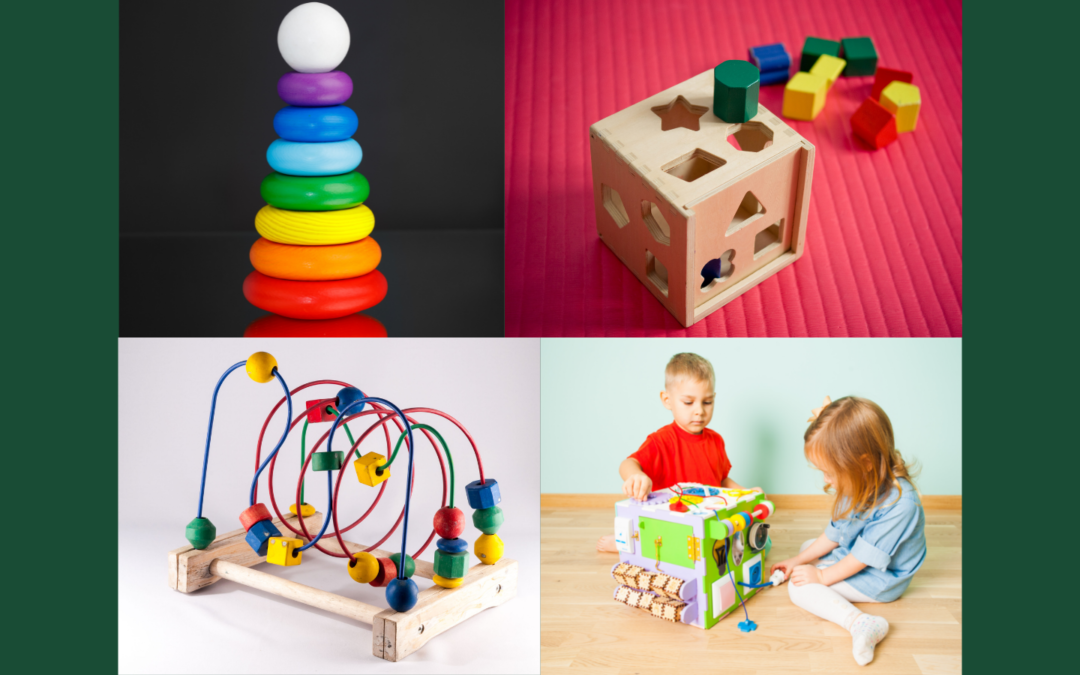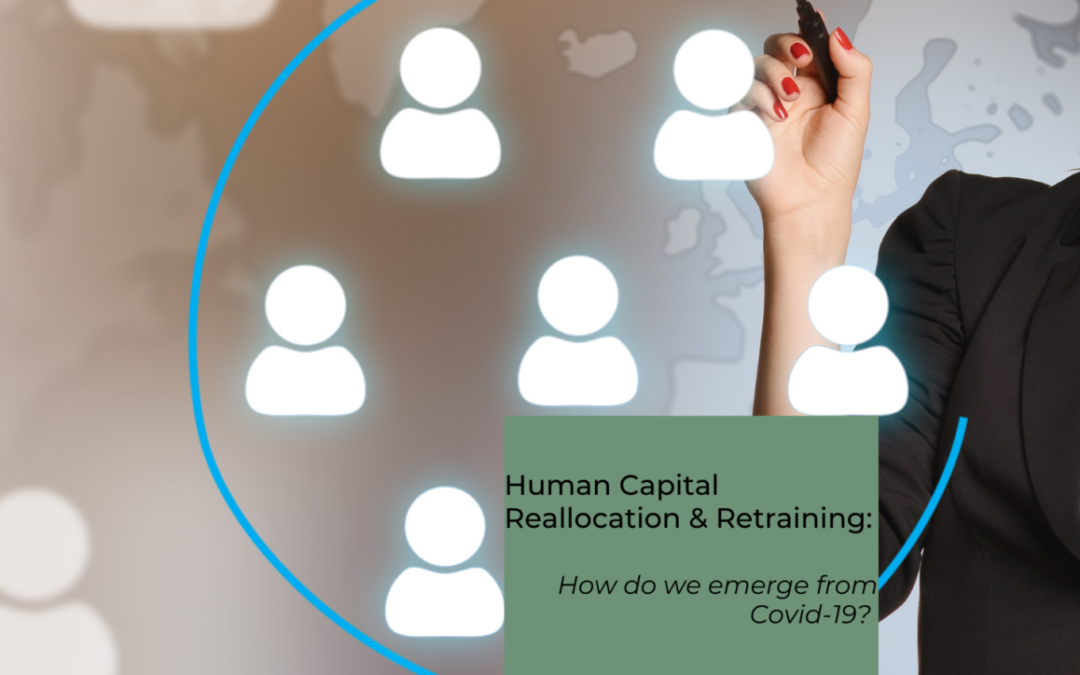


Sea Legs
We received an email from a friend sending her regrets for an event. She said: “still trying to get my sea legs” regarding the return to mostly normal in this mostly post-Covid world.
Who isn’t?
It’s as if we have all been on various desert islands, and now ships are arriving to take us back to our previous lives. Or so we thought. But some shipping lanes aren’t quite open, and others are overcrowded.
It is definitely NOT smooth sailing, and it is very hard to find your footing.
The seas roil as nearly all of us are entering the same markets at the same time causing quite a wake in the process. As a result of rushing to so many of the same places at once, it looks as though the water levels are rising around certain islands containing cars, lumber, housing, while some of the potential labor seems trapped on other islands. The port masters keep hoping some sort of craft will be able to ferry workers to the appropriate islands, but here’s the rub: everyone keeps using old charts of obsolete shipping lanes. Assumptions are being made that everyone wants to return to where they were in February of 2020.
This past week a few articles emerged with insights that defied all the economists: multiple months on a desert island make you re-evaluate your life. Sometimes you find yourself. Other times, you don’t want to be found. Sometimes you’ve thrown away the map determined to chart a new course. Other times you’ve taught yourself so many new skills, you want to get paid for those skills. And of course, there is the issue of the “real clothes” required when returning to civilization.
The real lesson that may emerge is that man may be a more rational actor than all the economic texts taught us. He may have found the meaning of his particular life and he is not willing to go back to the one he had before the Covid Tsunami.

Sorting out the May Jobs Numbers
Many very smart people have been working overtime trying to make sense of the May jobs numbers. Economists have been poring over them. Journalists have tried to translate them – some to explain to those who aren’t economists, some to soothe the fears of the average American, and of course, some to play to their audiences.
Compensation consultants comb over the numbers looking for clues. Will they affect IT jobs? Will this relieve pressure over in another industry? Will job gains overall, regardless of industry, drive people back to stores and restaurants?
Suddenly the image came into focus. Regardless of who you are, economist, journalist, or comp consultant, we all keep looking to the past for contextual clues to interpret these numbers. That is about as sophisticated as the sorting toys that you gave toddlers in the 1960s.
But that is how everyone IS looking at the jobs numbers. “Oh, we have this many jobs openings and this many people out of work, so let’s just stack them up, and we know they will fit in this order. DONE.”
Kids sorting toys evolved. In the 1970s, toys emerged that required you fit several different shapes into the space. Far more analogous to trying to match skills and openings. Then came the toy with the crazy shapes fixed upon wavy wires – they wouldn’t stay in place, very representative of today’s labor force. Today, kids’ sorting toys are so complex that they demand collaboration, one of those soft skills.
We all need to get that simple ring stacking sorter out of our head. It will never be that simple again.

Painting a Vision of Childcare
The U.S. Department of Labor has determined that 63% of families have both parents in the workforce. One of the many inequities brought to light during the pandemic is the lack of available, affordable, and consistent childcare for working families. It was a problem before the pandemic, for certain, but amplified by a health crisis that caused many of our nation’s flaws to be exposed. It seems that in defining, understanding, and admitting that our country has a childcare crisis, we might start addressing the issue holistically, knowing that there are no instant answers.
In 2015, the Economic Research Institute authored an article highlighting that in 33 states and the District of Columbia, infant care costs more than average in-state college tuition. Staying home to care for a child is very often a financial decision. Additionally, when or if the stay-at-home parent re-enters the workforce, their salaries seldom can catch-up to those that did not opt out. According to the latest study by the World Economic Forum, overall female participation in the workforce as well as pay gaps have worsened due to the pandemic. Many of the pay gains realized just prior to the pandemic have been all but erased.
What if young adults, particularly mothers in the United States, are done playing this high stake game? Last week we learned that we now have the lowest birthrate in 50 years. This has longer term consequences for the US economy, and none of them are good.
Countries like France have had this figured out for years. Mothers there receive 16 weeks of paid leave for a first child and a second child. Once a third child is born, mothers receive a total of 26 weeks of paid leave. Parents also receive monthly “early childhood” benefits to help cover the expenses of having a newborn and these benefits continue until the child reaches age three, when children typically enter school. Current United States tax credits are nowhere as rich as what so many other countries offer.
Senator Elizabeth Warren has recently proposed a $700 billion universal childcare plan to ensure no family pays more than 7% of their income on childcare. Some variation of this solution is desperately needed to incent more parents to return to the workforce in a fashion that makes financial sense. Hopefully whatever is decided upon looks better than the finger paint art I saved from my children’s kindergarten classes. When a system is designed thinking about how families and children best prosper, parents can return to work once their infants sleep through the night, and things are a bit more sensible for everyone. Let’s get back to work while caring for our number one priority, our children and the future, in the process.

Reallocation & Retraining
Despite the headache caused by all of the labor market reading done for our last post, we’ve persevered.
Some Chicago economists have had their thinking caps on, and their musings are worth sharing. They are asking the right questions as we contemplate labor markets and human capital post-pandemic.
The Chicago Fed’s April paper focused on this: Why didn’t more people from affected industries move over to industries that were NOT affected by the pandemic? “One sign that Covid might have increased the need for labor reallocation is the fact that even while unemployment rose substantially, firms reported an increase in job openings, the opposite of what normally happens in a recession.”
That article raised a nagging question: Do workers lack the ability to retrain? The resources? Or the incentives?
One of Chicago’s most wry economists, Carl Tannenbaum, addresses the risks if people do NOT retrain. Solving these problems will not be easy, but he rightly points out, failing to address them will lead to even larger problems along geo-political lines. His piece’s topic sentence sums it up: “Renewing human capital is as important as renewing physical capital.”
Solutions depend on cooperation and innovation. Education needs to orient to life-long upskilling, supporting a different concept of education before 18 and after 18, with government support. Companies must put their money where their mouth was when they signed the Business Roundtable document in 2019. If they create that ecosystem, they will retain workers for far longer—hiring based on competencies for life-long learning—and partnering with employees committed to constant up-skilling.

So many numbers, so little time
This past weekend seemed a perfect time to catch up on some labor market reading.
First topic: the real unemployment in the U.S. This article does a great job of explaining the difference between the monthly numbers released by the BLS, U3, and the more accurate measure of U6, which includes those whose unemployment benefits have run out, or who are too discouraged to look for jobs. After reading their estimate on actual unemployment, anyone would be discouraged.
Next was an article in Crain’s Chicago Business regarding staff shortages in Chicago restaurants. Many factors contribute to this, including the current, enhanced unemployment benefits. In addition, until fully vaccinated, some are very reluctant to come back to the workplace, especially one that demands constant interaction with the unmasked public.
Finally, the most recent Economist issue featured a special report about the future of work. These articles point out some bright spots, including how quickly employment rebounded despite dire predictions, to how many jobs were NOT automated during the pandemic. The newspaper’s overall take is this: “Today, as the economy emerges from the pandemic, a reversal of the primacy of capital over labour beckons – and it will come sooner than you think.”
So, the only conclusion for this firm? We will be spending much more time pouring over even more jobs data to make sense of how the labor markets are affecting our clients.
